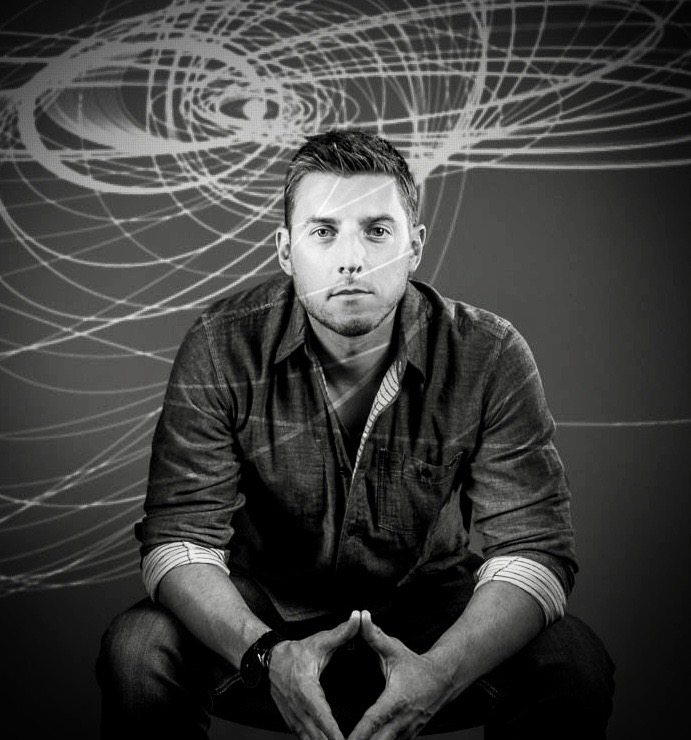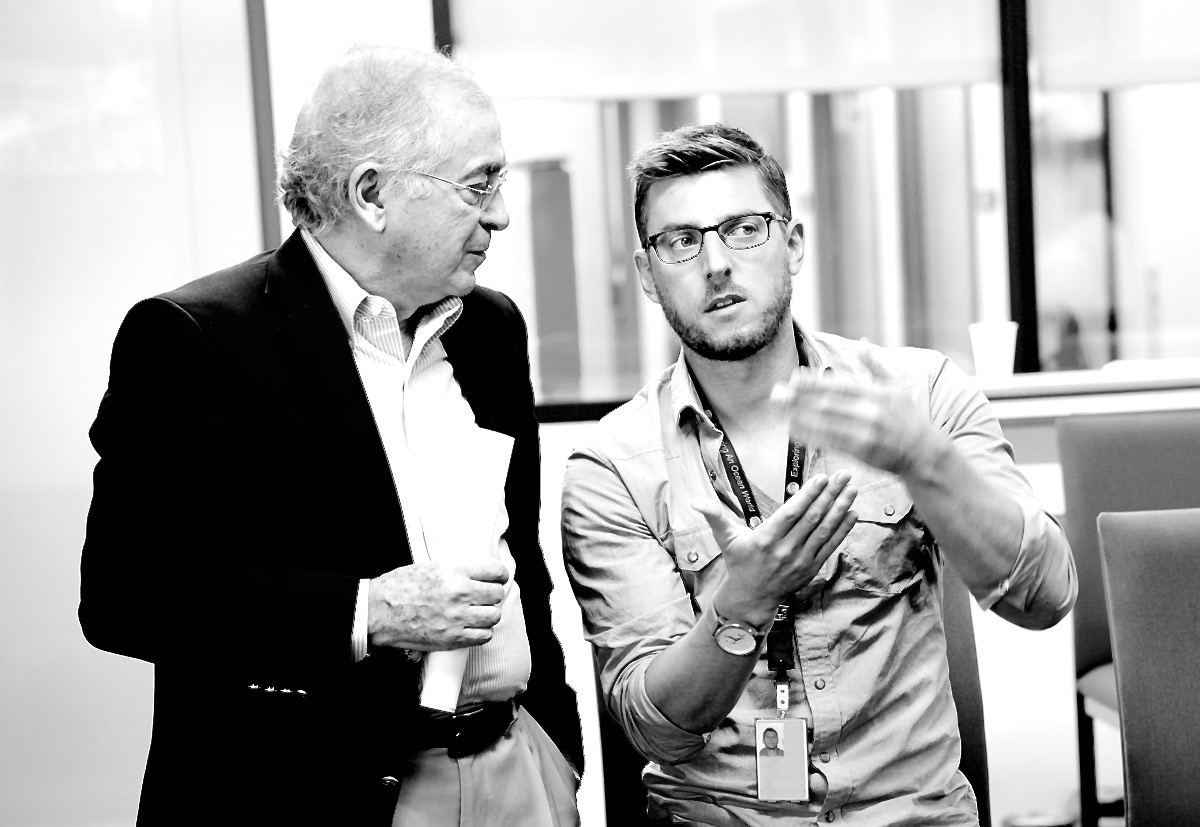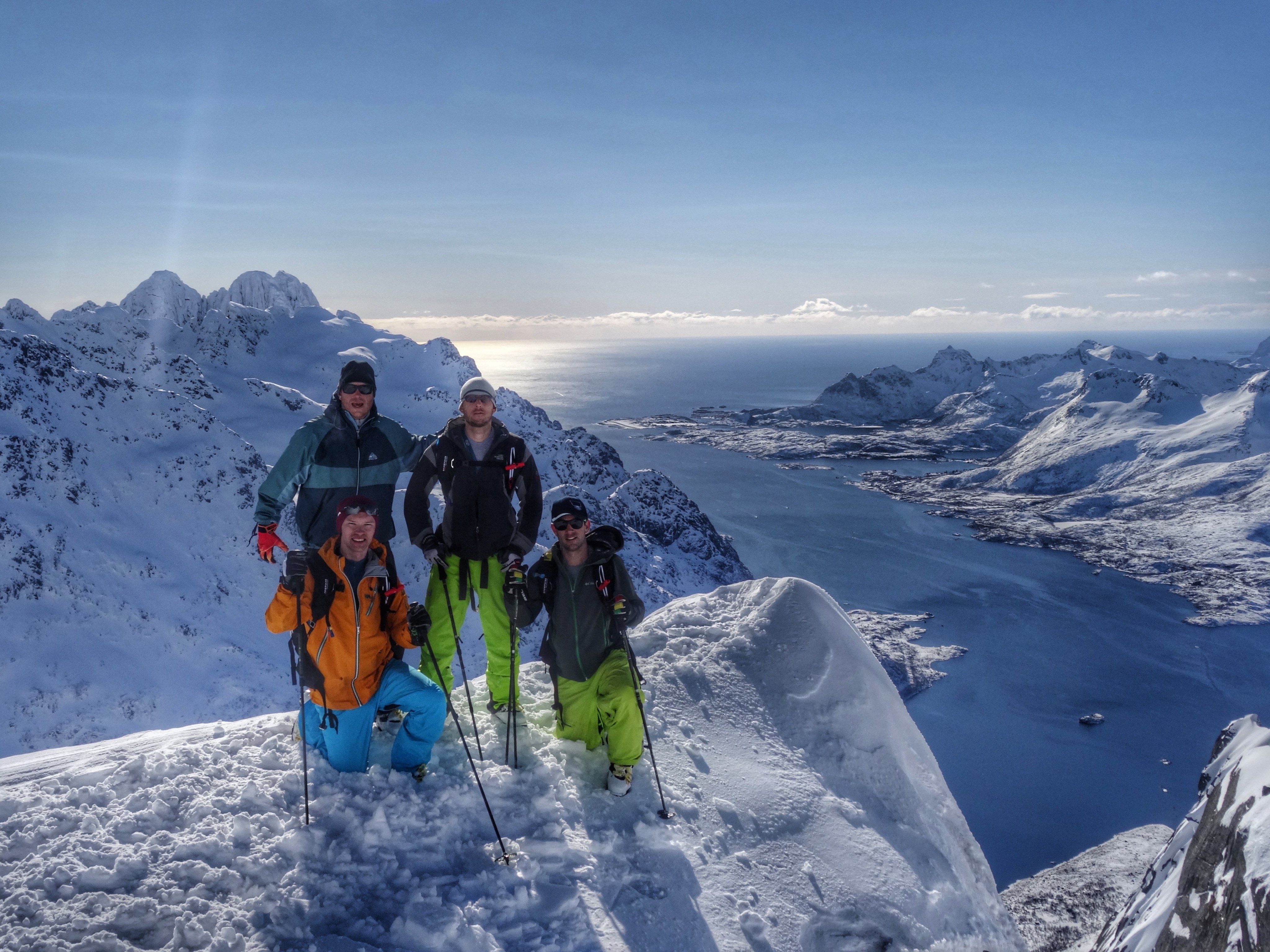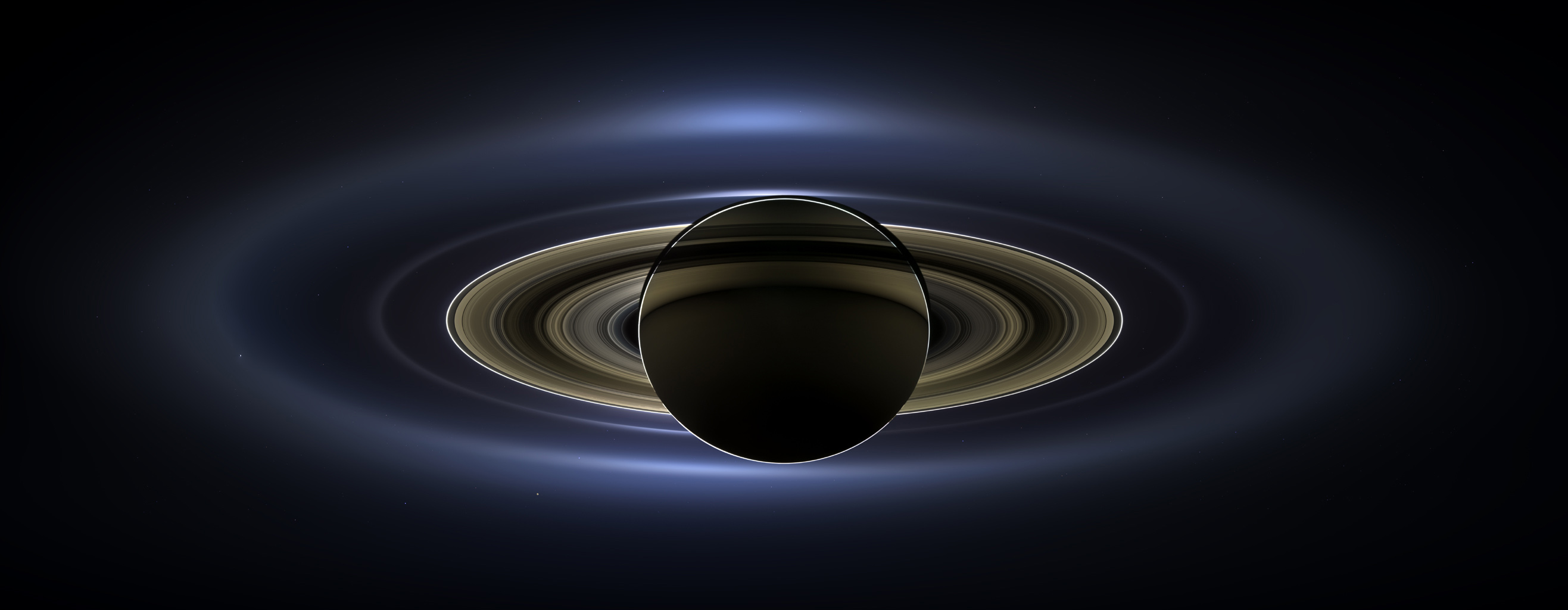
Brent Buffington
Engineer
In school, Brent Buffington saw himself as "a sports guy who happened to be good at math." Today, he's leading a team that's designing the path Europa Clipper will take to the Jupiter system, where the spacecraft will ultimately investigate the habitability of the moon Europa.
Missoula, Montana.
To be honest, there’s not a single moment that personally connected me to space. But one of my favorite movies as a kid was "Flight of the Navigator," so perhaps that’s my connection. Growing up, I was more obsessed with baseball and dreamed of one day playing in the big leagues. In parallel, I discovered math came easy to me, but didn’t know what I could do with it. That all changed when I took a physics class. For the first time, I was introduced to the many applications of mathematics. Seeing equations explain the motion of subatomic particle and planets alike, I was hooked. Realizing making it to the "Bigs" wasn’t in the cards, I chose to pursue an undergraduate degree in physics at the University of Montana.
Near the end of undergrad, I knew I wasn’t quite ready to enter the real world. After doing some research, I decided aerospace engineering seemed like a potentially good fit for me. From there, I attended the University of Colorado, Boulder, because of its high-caliber aerospace engineering program (and almost just as important, the fact that I could continue to reside in the Rocky Mountains and ski often). From there, astrodynamics was a natural fit based on my physics background. Long story short, I never had this overwhelming fascination with space—rather, I just slowly gravitated toward it.
I was taught at a young age that if you’re going to do something, do it right. In addition, I was very fortunate in high school to have two teachers, Ms. Croxton and Mrs. Scott—English teachers, interestingly enough—who showed me how exciting learning could be, and revealed to me the true power of knowledge and the many doors it could unlock. Through college and throughout my career here at NASA’s Jet Propulsion Laboratory, I have had the good fortune to interact with brilliant and patient people. So who inspired and continues to inspire me? The people who choose to be teachers, who help kids and colleagues alike realize their dreams and see something in us before we see it ourselves.
I was hired at JPL to do flight path control and trajectory design for the Cassini Mission. My first week on the job was Cassini’s arrival to the Saturn system. My boss, Cassini Navigation Chief Jerry Jones, joked with me that if the critical Saturn orbit insertion maneuver didn’t go as planned, I might have the shortest career ever at JPL. Luckily, the maneuver went as planned, and Cassini went into orbit around Saturn in late June of 2004.

I did. I was part of a small team that significantly modified Cassini’s four-year Prime Mission trajectory to react to discoveries made during the mission, and that also designed both of Cassini’s extended mission trajectories: the two-year Equinox Mission and the seven-year Solstice Mission—the latter of which culminated with the Cassini Grand Finale, a series of 22 highly inclined, short-period orbits that passed through a 1,200-mile-wide (2,000 kilometers) gap interior to Saturn’s inner-most ring and just above Saturn’s cloud tops at speeds in excess of 76,000 mph (34 kilometers per second).
The mentality of, “if you’re going to do something, do it right,” certainly rang true during the development of the extended missions. Nathan Strange, John Smith and I worked tirelessly, determined to squeeze every ounce of science observation opportunities out of each trajectory. We knew we had an incredible asset currently in orbit around Saturn, an opportunity that might not again be afforded by the space community for many years to come. We worked around the clock until a final design had to be chosen by the Cassini Project Science Group, so preparation for implementation in flight operations could begin.
Back then, it was so far in the future that in many ways it was just us designing yet another trajectory. But we knew eventually, all good things must come to an end. NASA was generous enough to allow us to design and execute two extended missions, the second being its last. It was up to us (the engineers and scientists) to choose the best way to definitively dispose of the spacecraft to meet planetary protection requirements, but also the most scientifically rewarding end-of-mission scenario.
Two moments really stand out to me. The first: Within seven months of being at JPL, I figured out we could modify the Cassini Prime Mission trajectory to fly very close to the moon Tethys—a moon that didn’t have any close flybys in the original Prime Mission—and simultaneously lower a planned 621-mile (1,000-kilometer) targeted flyby of Hyperion down to 311 miles (500 kilometers). To be this young buck fresh out of grad school standing in front of a room full of seasoned engineers and scientists, trying to convince them that this was the right thing to do with a multi-billion dollar asset, and ultimately getting the trajectory modification approved was extremely rewarding.
The second: In the late hours of April 26, 2017, a private event was held for Cassini personnel to witness the first radio signals back from Cassini after it passed through the gap between Saturn and its main ring system for the first time. While we had high confidence the spacecraft would survive the first traversal of this unchartered territory, it was not a given that a particle(s) of sufficient size didn’t reside in this region that could potentially destroy the spacecraft. Early in the event, an exquisite short film created by Erik Wernquist was played on the big screen in Von Karman auditorium. The ending scene culminates with a beautiful distant shot of the Cassini spacecraft breaking apart in Saturn’s sky. It was at that moment that I realized that nine-and-a-half years earlier, we had pitched—in the same auditorium on the stage just in front of the big screen—a trajectory that could actually fly between Saturn and its rings to the hundreds of scientists in attendance. To be in the same room almost a decade later watching this beautiful film and bearing witness to the start of our risky—but potentially very rewarding, end-of-mission scenario—is something I won’t soon forget.
It was certainly a bit sad to see something that had been part of many of our lives for so long now gone. But more than anything, I felt privileged to be part of such a historic and magnificent mission, and proud to have contributed to the mission in some small way. I liken the end to an athlete going out on top. Cassini didn't hobble to its final destination. Cassini went out on the grandest of terms, and operated flawlessly until the fiery end. While the spacecraft is now gone, every piece of data collected is safely in mankind’s possession. As this data is processed and interpreted over the coming decades, several mysteries of Saturn and our solar system will be solved, while others will be uncovered. Ultimately, the data from Cassini will provide content to motivate the next set of scientists and engineers to push the bounds of space exploration just a little farther. And at the end of the day, that’s our job: to leave the world with more knowledge than when we came and to motivate others to push forward.
I'm the Mission Design Manager for Europa Clipper, which means I lead the technical development of all trajectory design, navigation and mission planning activities for the Europa Clipper mission. My team works with the launch vehicle providers to make sure we can escape Earth’s gravity on a path that ultimately reaches Jupiter. They design trajectories in the Jupiter system that maximize Europa science while proving we can confidently navigate these trajectories, and they develop the mission strategies and activity plans to successfully carry out the mission.
I am excited to see our Europa Clipper spacecraft launch from Cape Canaveral, to see the first pictures taken by our spacecraft of Europa in greater detail than ever before, and to be part of any discoveries made of the icy world that most planetary scientists believe has the highest probability of harboring life beyond Earth in our solar system.
Math, math and more math. It's the universal language that will unlock almost any door in the fields of engineering and science. I would also recommend learning one or more programming languages as well. Lastly, cultivate as many different passions as you can. Perspective and experiences from one aspect of life will often help you solve problems in completely different arenas.

I love anything active and outdoors. I grew up in Montana fly fishing, playing baseball and skiing. A few good buddies and I meet annually for what we call our Chase the Snow Trip. Every year we fly somewhere in the world, and for seven to 10 days, track snow pack, snow conditions and weather patterns. If the snow is good where we skied that day, we stay. If not, or there’s a storm on the horizon in a different area, we pack up shop and head to the next town/state/province/country. It’s an amazing experience to freely pursue the purest of pleasures, the harnessing of gravity to glide down a mountain of soft frozen water. We have been lucky enough to visit a number of places like Lofoten, Norway; Hokkaido, Japan; inland British Columbia; and the Cascade, Rocky and Wasatch mountain ranges here in the States. I was even part of a heli-skiing film shoot up in Haines, Alaska last season!
While there are so many space images I love, I’d have to say my favorite is the mosaic image Cassini took in 2013 of Saturn and its ring system backlit by the Sun as the spacecraft itself was hiding in the shadow of Saturn. As breathtaking as the image of Saturn and its rings is, what makes it my favorite is the image also contains a faint blue dot—the Cassini spacecraft’s place of origin and our home planet, from a mere 746 million miles (1.2 billion kilometers) away.

Planetary science is a global profession.

